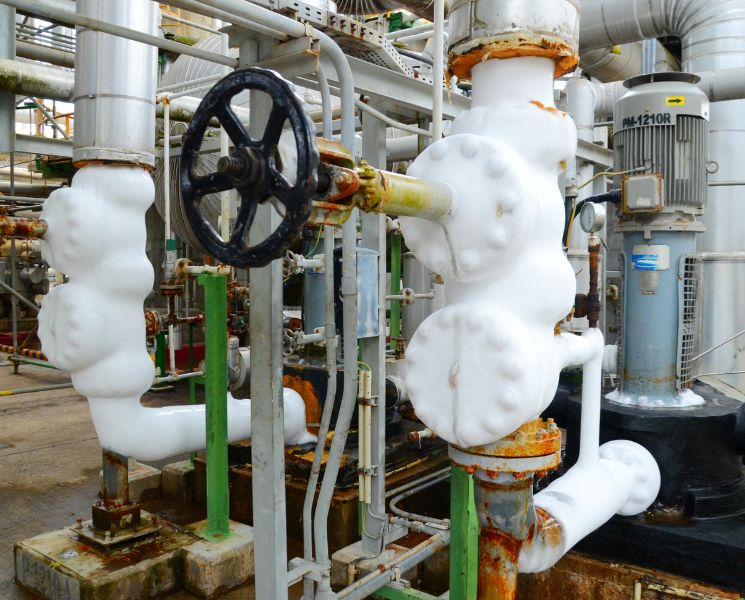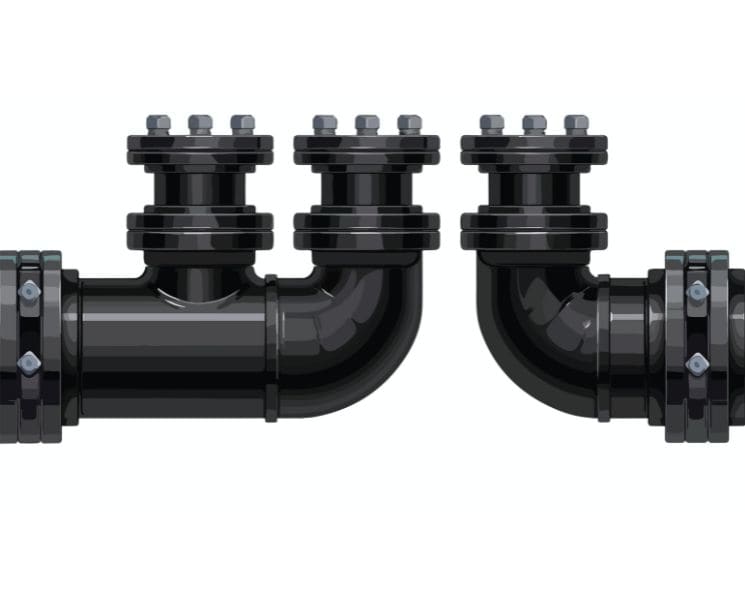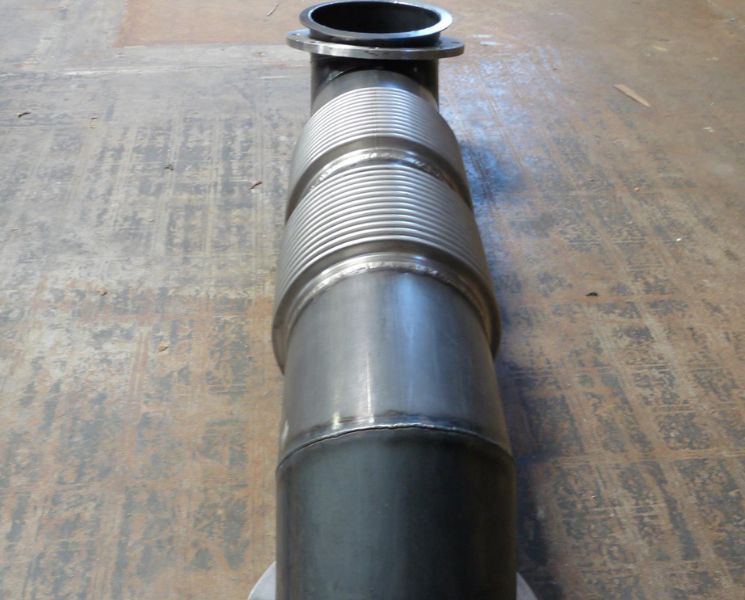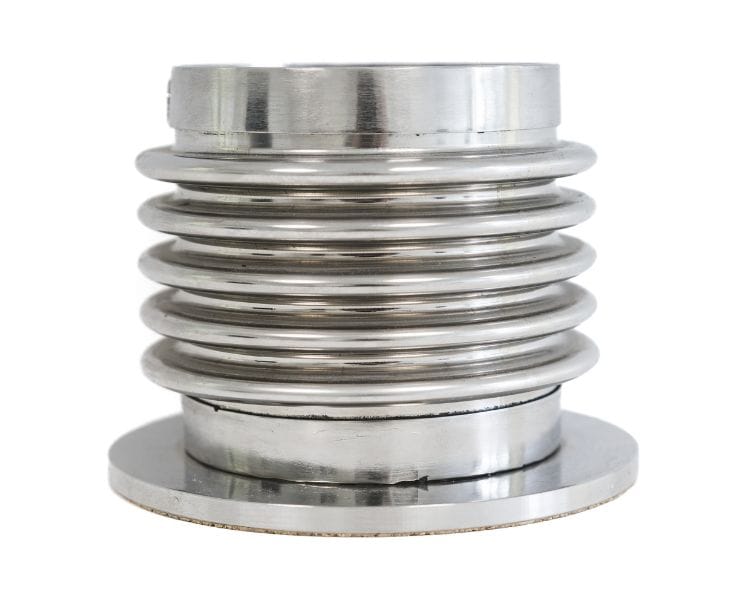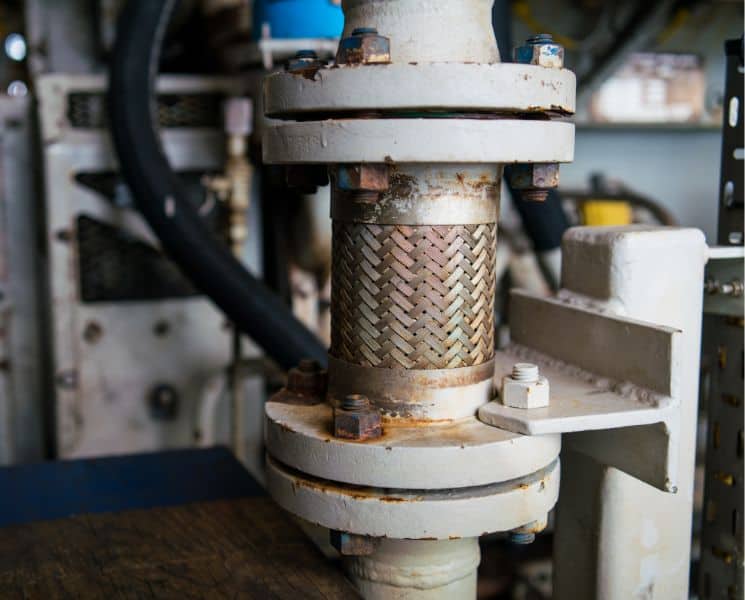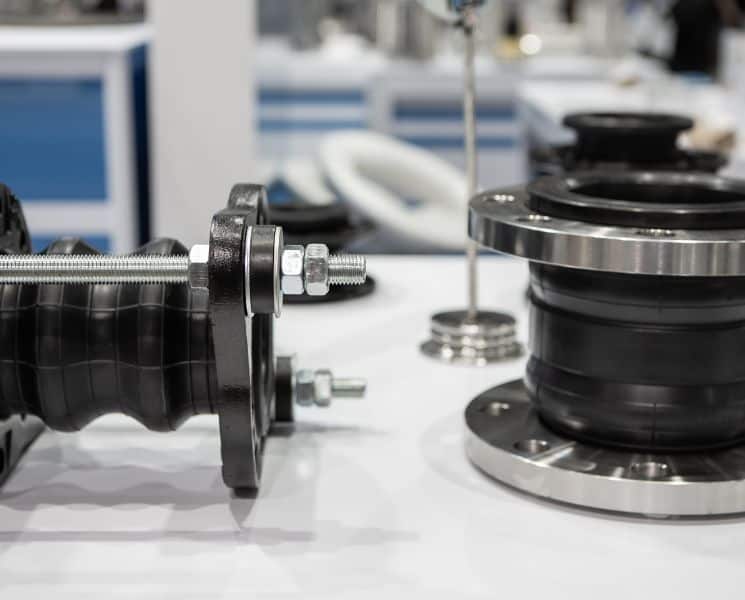Having the proper pipe alignment can go a long way. An adequate alignment can relieve supports and guides from excessive stress and prevent failure. However, there are several essential factors construction teams must consider when creating a piping system, as an incomplete alignment can pose issues for sensitive equipment.
Here are the common sources of piping misalignment and how to solve the problem.
Construction Tolerance
Tolerances in construction and engineering typically refer to a discrepancy or variation in dimension or another physical characteristic of a specific material in a project. Regarding piping systems, a tolerance can make achieving the proper alignment of larger-diameter materials a challenge.
If engineers don’t maintain required tolerances, systems run the risk of experiencing strains, invalidating their design and possibly resulting in unpredictable behavior.
It helps to fabricate components to size and align pipes and flanges accordingly to establish proper alignment. You can also use deposit weld metal to improve pipes with a larger internal diameter.
Heavy Equipment
Heavy equipment on a pipeline can be a recipe for disaster. Heavy machinery, such as RVs or construction equipment, can place excessive pressure on sewage and plumbing system pipelines. This can then cause misalignment or completely crush the system.
In this case, once you establish a sewage line, you should avoid and restrict the area to avoid moving it out of place, potentially damaging the surrounding area.
Pipe Damage
Unfortunately, with every new pipe installation or alteration comes the possibility of failure or deformation. As pipe systems age, you can expect to come across some alignment issues affecting their efficiency and operation. In turn, this could cause leaks and clogs.
There are plenty of ways to mend a burst pipe or alleviate the damage. But remember that avoiding temporary solutions is the best way to mitigate continued strain that’ll further affect pipe alignment.
Several sources of piping misalignment result in multiple issues and structural concerns. When replacing piping components, fixing them, or upgrading specific parts, you must understand the system as a whole to reduce the potential for future issues and strains. By identifying the problem within the system, you can save time and money and be ready for future upgrades.
But with the assistance of expansion joints and a pipe alignment guide, you can anchor your system and provide the support it needs when undergoing thermal expansion with minimal concerns. For more information on pipe alignments, anchoring supports, and other essential components, visit our Triad Bellows webpage!

